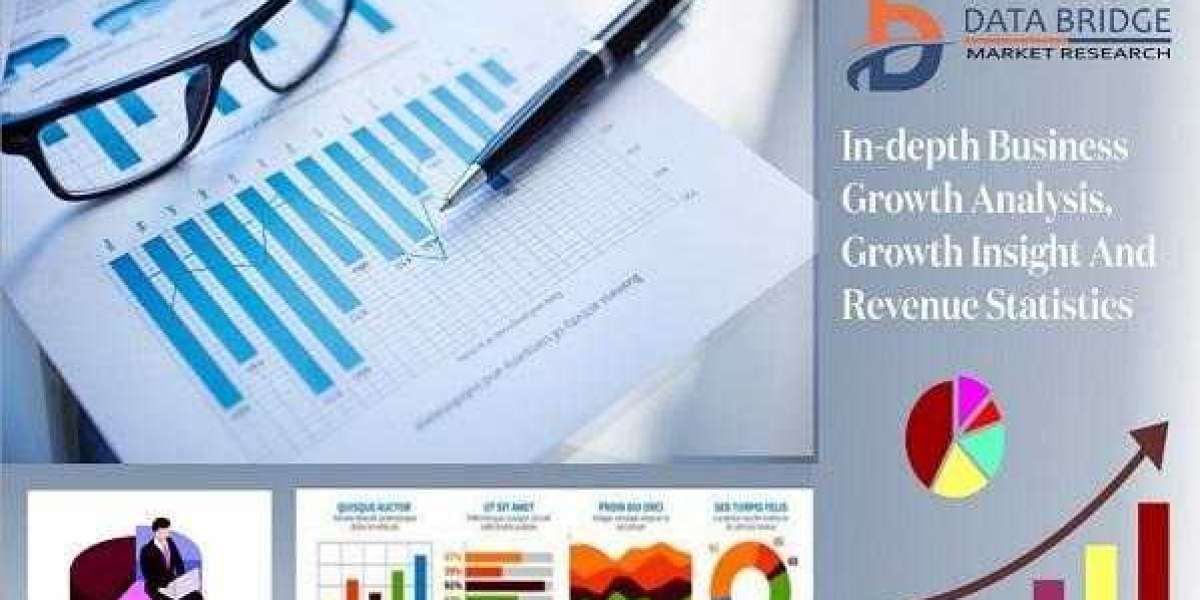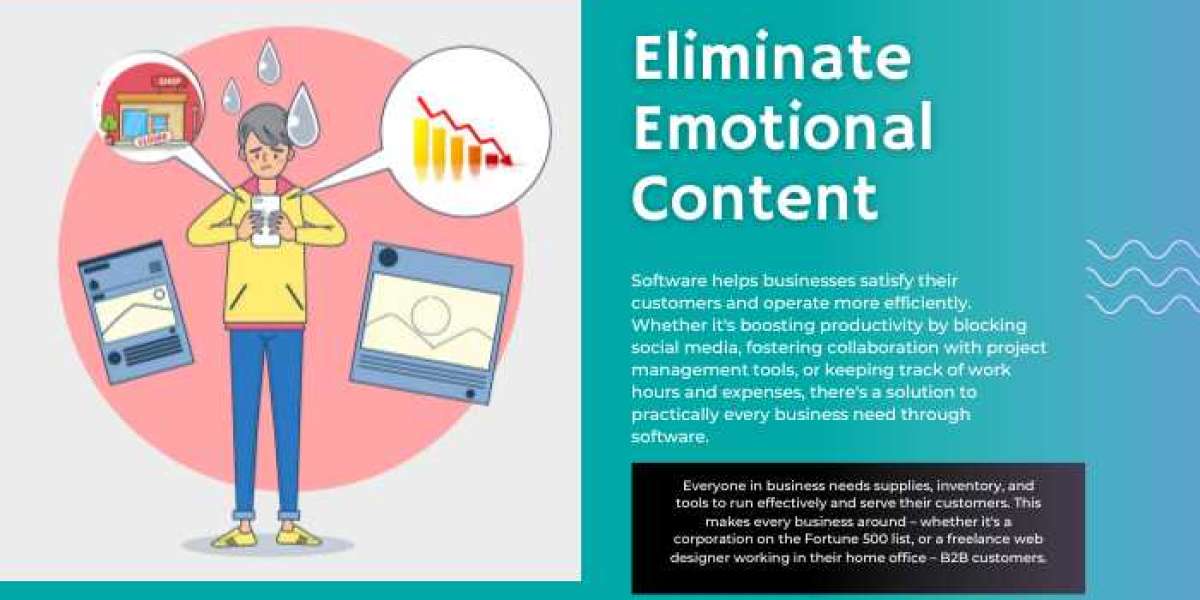Keeping in mind the customer requirement, the finest Chemical Protective Clothing Market was valued at USD 1.33 billion in 2021 and is expected to reach USD 2.21 billion by 2029, registering a CAGR of 6.53% during the forecast period of 2022-2029. The “aramid and blends” segment accounted for the major share owing to excellent thermal resistance property as well as their high demand from end-use industries such as construction and manufacturing, oil and gas, healthcare and others. In addition to the market insights such as market value, growth rate, market segments, geographical coverage, market players, and market scenario, the market report curated by the Data Bridge Market Research team also includes in-depth expert analysis, import/export analysis, pricing analysis, production consumption analysis, and climate chain scenario.
Market Definition
Chemical protective clothing is a type of personal protective equipment that is worn to protect people from chemical, biological, thermal, nuclear, and radiation risks. Helmets, high-visibility vests, eye shields, facemasks, gloves, safety boots, steel toe caps, and respiratory aids are some of the most often used chemical protective apparel. It also includes single-use clothes, reusable industrial workwear, and firefighting gear that is strengthened with extra protective layers to reduce exposure to unseen and dangerous chemicals.
Some of the major players operating in the chemical protective clothing market are
- Ansell Ltd (Australia)
- 3M (U.S.)
- VF CORPORATION (U.S.)
- Honeywell International Inc., (U.S.)
- Lakeland Inc., (U.S.)
- Kimberly Clark Corp (U.S.)
- MAS (U.S.)
- W. L. Gore Associates Inc. (U.S.)
- Respirex (U.S.)
- Kappler Inc. (U.S.)
- DuPont (U.S.)
- International Enviroguard (U.S.)
- SOLVAY (Belgium)
- DAIKIN (Japan)
- Dow (U.S.)
- Delta Plus Group (U.S.)
- Sion Industries NV (Belgium)
- Teijin limited (Japan)
CHEMICAL PROTECTIVE CLOTHING MARKET DYNAMICS
This section deals with understanding the market drivers, advantages, opportunities, restraints and challenges. All of this is discussed in detail as below:
Drivers
- Increased Demand From Industries
Chemical protective clothing market’s growth is being driven by growth in the pharmaceutical and industrial industries. India’s overall pharmaceutical product and medicine exports in 2020 were USD 24.44 billion, up from USD 20.58 billion in 2019. As many research and development activities connected to vaccine development, medications and medicines against COVID-19 and, more recently, black/white fungus were done during the covid-19, the demand for protective gear surged. Chemical protective apparel protects laboratory personnel from the harmful effects of chemicals. The market is also driven by demand from the industrial sector, as worker safety is prioritized, and protective clothing serves to protect people from toxins, radiation, and heat. Therefore, increased demand from pharmaceutical and industrial industries accelerate the market growth.
- Strict Rules and Regulations
The increase in regulatory standards and requirements stringency have largely accelerated the market growth over the forecasted period. Different countries in North America and Europe have severe rules and regulations regulating safety in numerous industries, such as Firefighters must wear protective pants, coats, gloves, boots, and self-contained breathing apparatus, according to the National Fire Protection Association (NFPA) regulations of 1971 and 1981 in the United States. In July 2018, the International Fire Safety Standards (IFSS) Coalition was established in Geneva, Switzerland, to promote the adoption of International Fire Safety Standards (IFSS) in the construction industry. As a result, these regulations further boost the market growth.
The rising product adoption across various industry verticals will further propel the growth rate of chemical protective clothing market. Additionally, the rapid industrialization across the globe will also drive market value growth. The rise in employment rates in various industry verticals is projected to bolster the market’s growth.
Opportunities
- Awareness and Developments
Furthermore, the rising awareness of employee and work safety in workplaces and the extensive research and development (R RD) activities extend profitable opportunities to the market players in the forecast period of 2022 to 2029. Additionally, the product innovations by manufacturers such as the development of nanotechnology-based materials that are light in weight and offer superior protection against various hazards will further expand the future growth of the chemical protective clothing market.
Restraints/Challenges
- High Costs of Specialized Clothing
The specialized chemical protective clothing is very costly, creating affordability issues amongst the population. The low affordability hampers the market growth. As a result, the high price of specialized clothing is estimated to create hindrances for the growth of the chemical protective clothing market.
- Drawback Associated with Protective Clothing
One of the most significant drawbacks of wearing protective clothing is the lack of data or statistics on the actual level of protection provided. This is because protective clothing is tested in laboratories under controlled and repeatable conditions. When protective clothing is worn at work, however, additional factors can impact the level of protection provided by the garment. Therefore, the dearth of accuracy level of protection offered by the chemical protective clothing is projected to have negative impact on market.
- Surging Automation Across Industries
There has been growth in automation across the end-use industries, such as construction and manufacturing, oil and gas, healthcare/medical, firefighting and law enforcement, mining¸ military and others. This further reduces the workforce across the industries, which further creates less demand for chemical protective clothing. Therefore, this factor is anticipated to challenge the chemical protective clothing market growth rate.
View Full This Report including TOC Graphs@ https://www.databridgemarketresearch.com/reports/global-chemical-protective-clothing-market
Contact Us:
Data Bridge Market Research
US: +1 888 387 2818
UK: +44 208 089 1725
Hong Kong: +852 8192 7475
Email:- corporatesales@databridgemarketresearch.com








